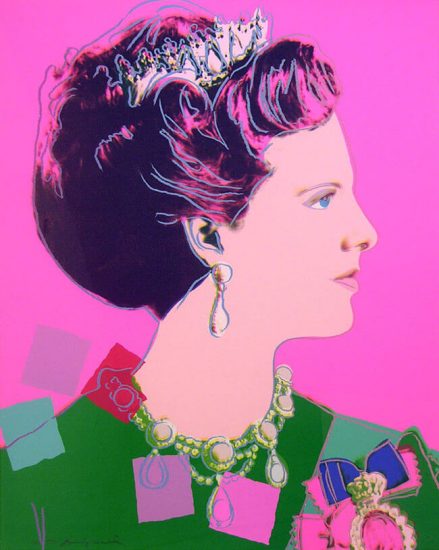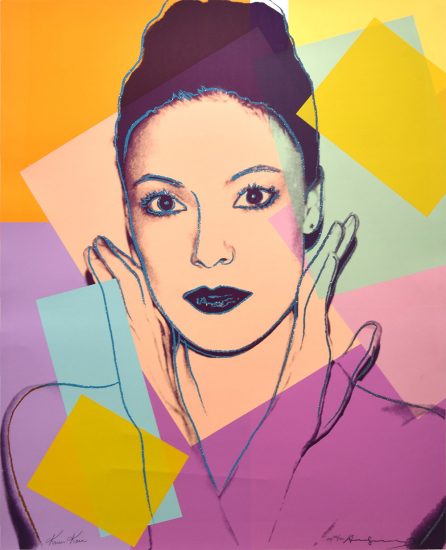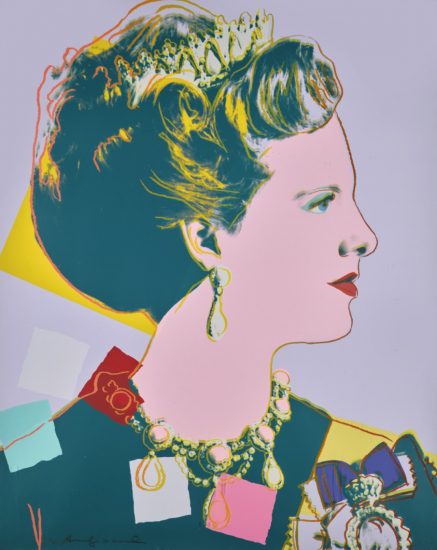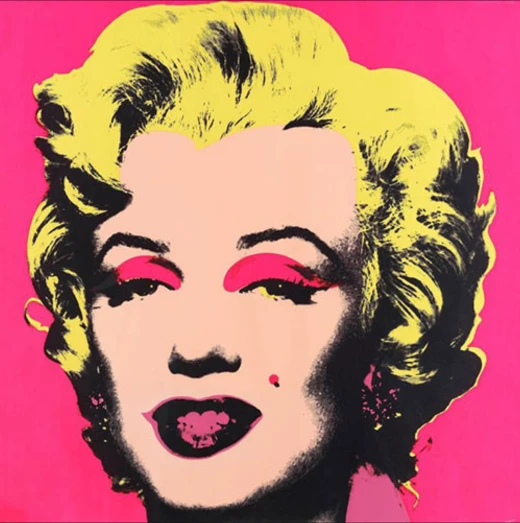Diamond dust is a glittering material that can be applied to paper and ink in the silkscreen printing process to create a textured and luminous finish. Many artists such as Andy Warhol and Russell Young use the famed diamond dust cover in their works to give them an added sense of significance and depth respectively. As anyone who has seen a diamond dusted work in person can say, they capture the light in a way that beautifully plays to the colors on the work while bringing about a shinning aurora. An artwork can be greatly enhanced by such an addition in value and beauty, so what exactly is it?
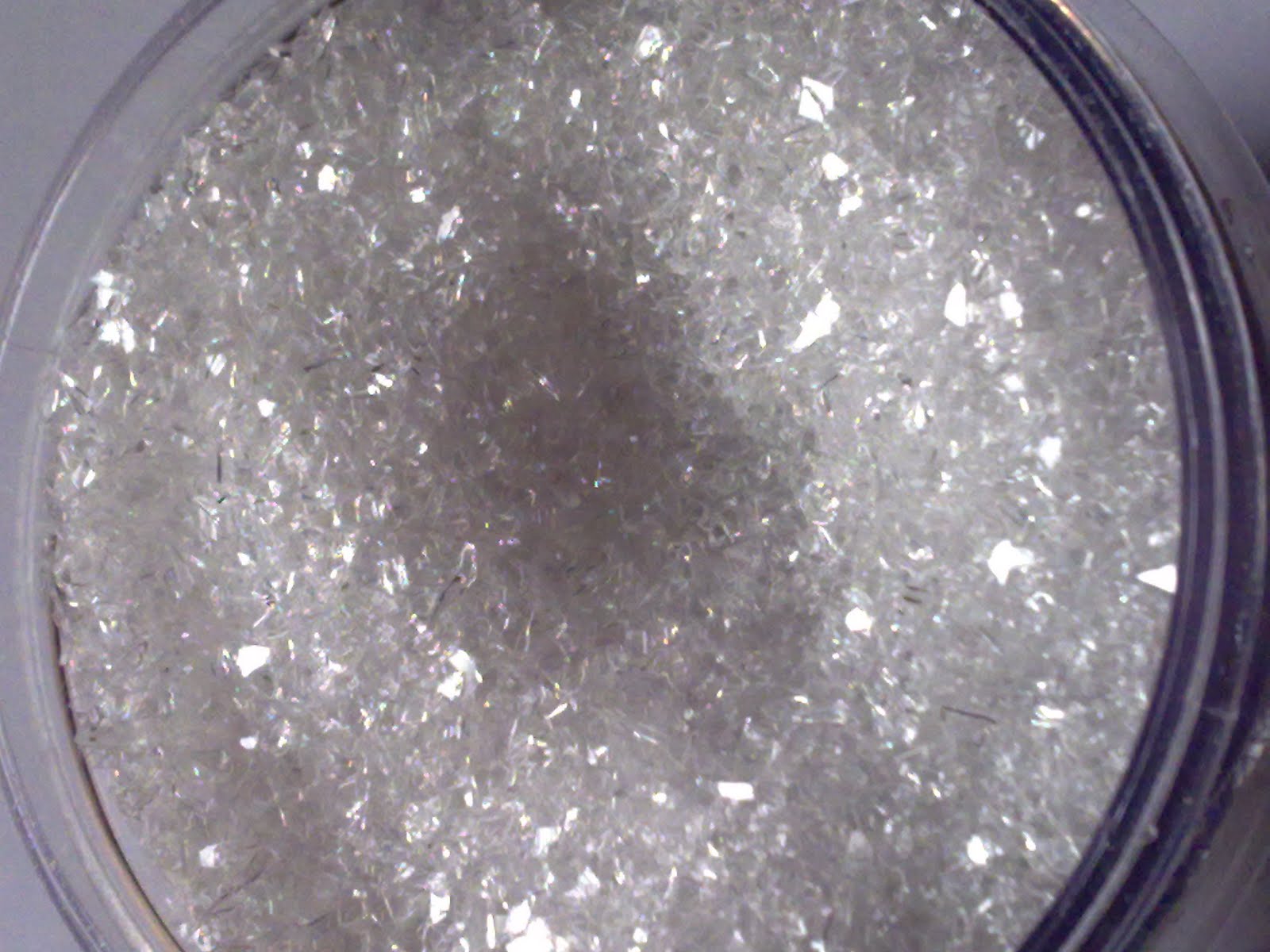
What is Diamond Dust?
Well diamond dust is very interesting in that a majority of it is not made of diamonds but rather glass or other clear material. As diamonds are an important natural resource and their unique properties are valued for both gem making and industrial purposes, their use in art is rare. The percentage of diamonds used to create gems for jewelry averages at below 20 percent, while lower-grade diamonds are used in many industrial settings, such as mining.
It is the further, low-grade diamonds that are often ground into dust, which is then sifted into different batches according to size and then used as abrasive powder. The powder is used to form grinding wheels or polishing paste, in addition to being used to polish high-grade gems and in technology industries as a coating for integrated circuits. Therefore with all of its utilitarian uses, true diamond dust is difficult to acquire for artists, which is why it is a mixture of glass, diamonds, and other clear materials.
The dust is sourced from special manufacturers and the artist can choose the size of the grain from fine to coarse, as well as the color. However many commonly use the clear diamond dust as it gives off the best kaleidoscopic sparkle effect that the dust is wanted for. The dust is then applied during the printing process instead of an ink layer. The glue is applied to the work and then the artist has only minutes to apply the dust before the glue dries. A hard material once glued, diamond dust is surprisingly durable and has been as enduring artistic material for several decades.
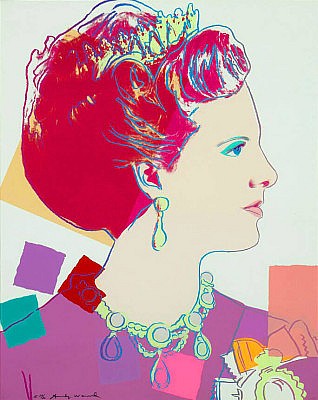
Andy Warhol was one of the first artists to really incorporate the diamond dust material into his silkscreens with his first use being the 1980 series ‘Diamond Dust Shoes’. This was followed by his 1982 series ‘Myths’ and the 1985 Royal edition of his famous ‘Reigning Queens’ series. The use of diamond dust having been to heighten the sense of glamor and myth, suggesting luxury and expense. All things Warhol famously appreciated and displayed with pride, which when understood in the context that Warhol had his dust specially created for him, makes the works all the more special.
Inspiring future generations, Warhol was the muse behind Sir Peter Blake’s first use of diamond dust in 2009 in his Warhol tribute piece. Since then, diamond dust has now become a part of Sir Peter Blake’s Pop Art aesthetic; making for captivating works that present the subject in an almost virtuous tribute like form. Meanwhile Warhol’s portraits inspired the more contemporary artist Russell Young. Internationally recognized for his larger-than-life silkscreen prints that feature diamond dust, Young is a fan of the material, having said, “I am fascinated by the way light bounces off the three-dimensional surface of my Diamond Dust paintings. In this series, light and the way it is reflected is as important as the subject matter.”
Therefore the use of diamond dust in art has a wide range of symbolism and presents a wonderful outlet for creativity. As it is a material that easily transforms the canvas into something spectacular, it allows that artist to captivate the viewer in a way they could not otherwise and art would certainly be poorer without it.
Resources:
ArtRepublic: Diamond Dust is an Artist’s Best Friend
UC Berkeley: Diamond Comments

